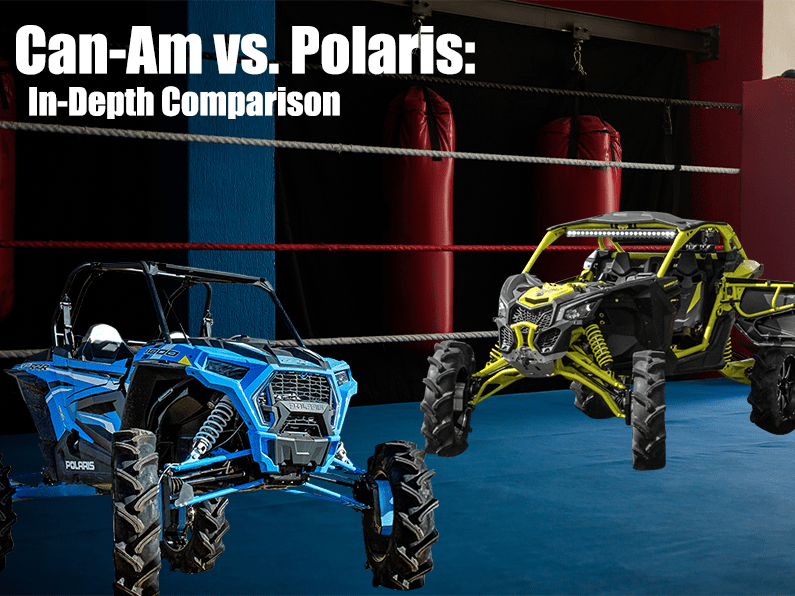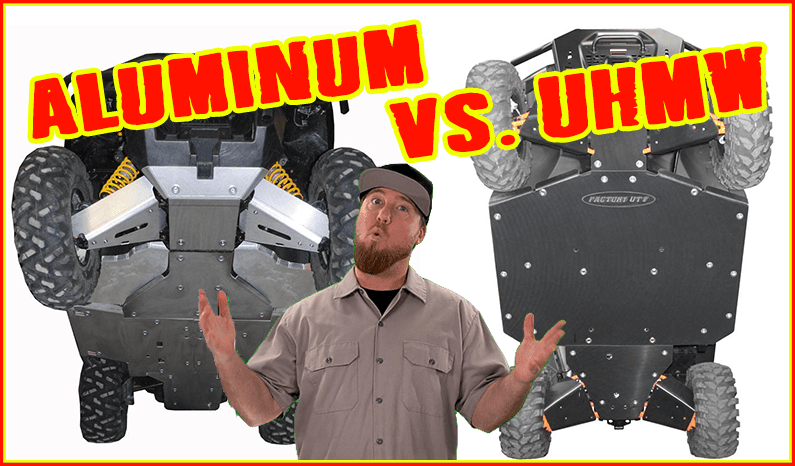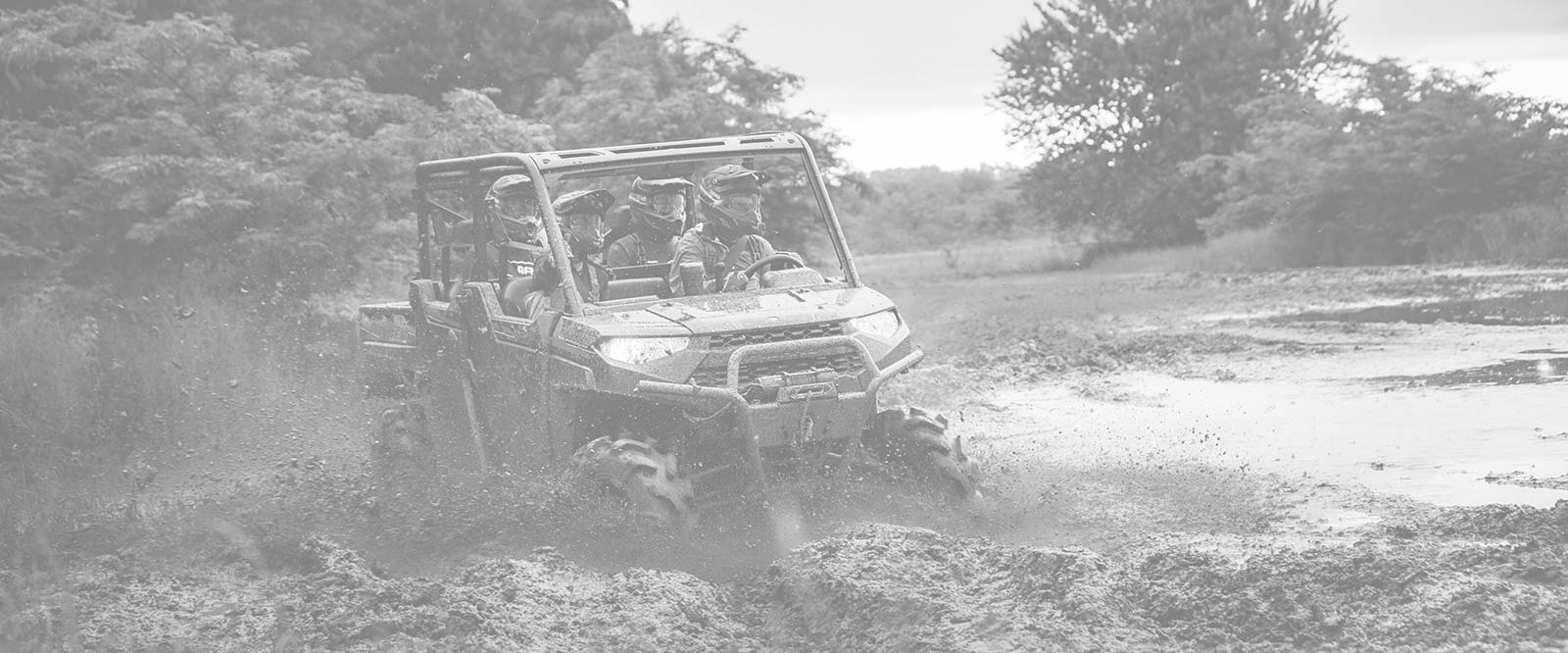Synthetic Rope or Steel Cable on your winch? No matter what brand of side by side you have whether it be Polaris, Can-Am, Yamaha, Kawasaki, John Deere, Arctic Cat, Kubota etc.. winch options are the same. This is one of the frequently asked questions we hear from customers. Lots of off-road enthusiast are divided when it comes to choosing between synthetic rope or steel cable for their winch; you often hear the merits of both types making it difficult for consumers to make a decision on what choice is right for them and their UTV.

Steel Cable
Since the beginning of winching, aircraft-grade steel cable has been the standard for the industry. It’s less prone to fraying and abrading, making it perfect for highly abrasive terrains like sand, rocks and mud. On the other hand, as it wears, the cable can develop sharp burrs and over time can rust. Some guys keep the line coated with WD-40 or chain oil to protect the cable from rusting and to disperse moisture. Steel cable also has a tendency to kink which decreases its strength and makes it hard to spool up properly. Steel cable is more durable than synthetic rope but it is at the expense of strength and weight.
Synthetic Rope
More recently, the popularity of the synthetic rope has become greater and much more widely available, it is even mandatory in a lot of major sanctioned off-road events. Originally designed for use in commercial fishing, it was introduced in the mid-90s as an alternative for steel cable. Great for trail and recovery winches, it is made from hi-tech polyethylene; it is proven to be 15 times stronger than steel cable.


Making the choice
All and all either one will get the job done as long as they are in good condition. When it comes down to it, maintaining your winch and the terrain you ride factors in, but mainly it’s your personal preference. The facts are here, it’s up to you make the decision.
Steel Cable
Pros
- More durable, longer lasting
- Can drag on rocks
- UV stable
- Abrasion resistant
- Less expensive
- Uses either fairlead
Cons
- Heavy
- Stores energy, which is dangerous if it breaks
- Doesn’t float
- Not flexible, more difficult to handle
- Tendency to kink
- Frays or burrs, steel splinters
- Difficult to fix a break in the field
- Can rust
Synthetic Rope
Pros
- Lightweight
- Does not work harden and become brittle (great for snow plow applications)
- Doesn’t store energy, safer if it breaks
- Floats in water/mud
- Stronger
- Can be spliced in field if it breaks
- Flexible, easier to handle long lengths off the drum
- Does Not Conduct Heat or Electricity
- No kinks or permanent coiled shape
- Resists rust
- Comes in pretty colors
Cons
- Not UV stable, requires extra UV protection (sleeve, coating, etc.)
- Can melt if exposed to heat (such as brake drum)
- Subject to internal fraying by dirt and sand
- Not abrasion resistant, needs to be protected by sleeve
- Hard to visually detect weakened/damaged rope
- More expensive
- Can retain water and freeze
- Lots of cheap imitations on the market
- Needs to be cleaned of mud, sand, and debris





Comment section
4 thoughts on “Synthetic Rope vs. Steel Cable – What Should I Choose For My Side By Side Winch?”